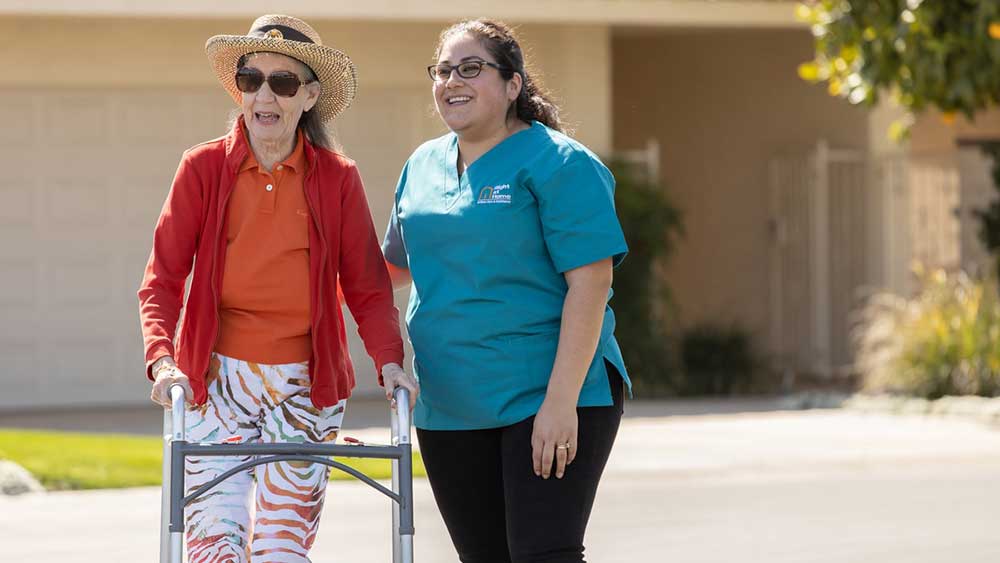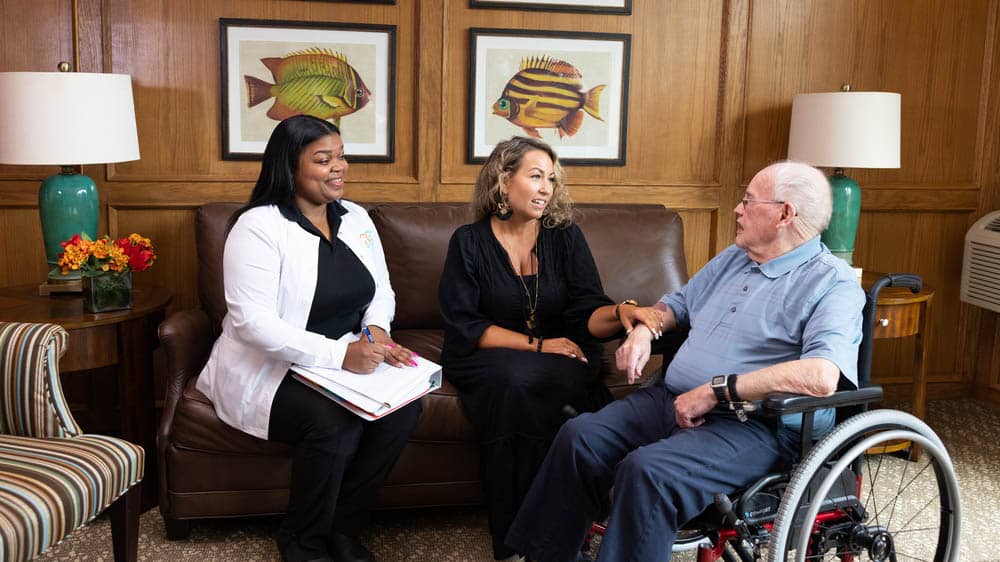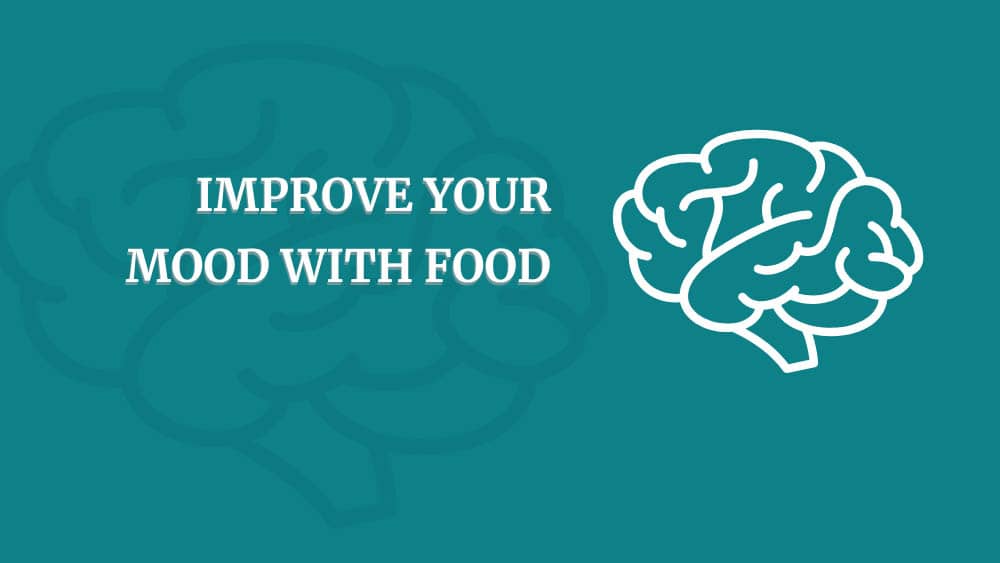

In-Home Care Supports Stroke Recovery
Most stroke survivors have the goal of returning to live independently at home. But even with the help of family caregivers, recovery can be a challenge. What support services promote the highest possible level of recovery?
Each year, almost 800,000 people in the U.S. experience a stroke; 140,000 of them will die, and many more will be left with a serious disability. And as our population ages, this rate will increase — but stroke is by no means exclusively a disease of old age. The Centers for Disease Control and Prevention (CDC) says that 34% of people hospitalized for stroke were under the age of 65, and the risk is growing as younger people have higher rates of obesity, diabetes and high blood pressure. Early reports are that the coronavirus may also be linked with strokes in some patients.
But the trends aren’t all bad. Today, more stroke survivors are making a full recovery with no or minor long-term effects. What can they do to increase the chances of regaining the highest possible degree of independence and function?
The outcome depends in part on the severity of the stroke and the area of the brain that is damaged. It can also depend on how early treatment begins to halt damage to the brain. Neurologists urge everyone to be familiar with the signs of stroke. (Visit the American Stroke Association website to find the easy-to-remember F.A.S.T. symptom list.)
Rehabilitation therapy usually begins in the hospital as soon as the patient’s medical condition is stable, often within 24 to 48 hours. When the patient is ready for discharge, a hospital social worker will help develop a plan for continuing rehabilitation and care. Some patients go from the hospital to a skilled nursing facility or other care setting specializing in rehabilitative therapy before returning home. Others return home directly.
Once a patient returns home from the hospital or intermediate care setting, support services are often needed to ensure continued rehabilitation. Outpatient rehabilitation facilities provide access to physicians and a full range of therapists specializing in stroke rehabilitation. Depending on the patient’s needs, this could include:
- Physical therapy to help restore physical functioning and treat problems with movement, balance and coordination.
- Occupational therapy to help patients relearn or develop adaptive strategies for performing the skills of daily living, such as eating, walking and dressing.
- Speech-language therapy to regain language and communication skills and address swallowing problems.
- Mental health counseling to help the patient cope with emotional and behavior changes that sometimes occur after a stroke.
The CDC reports that caring for stroke patients costs more than $34 billion each year. And though recovery at home is usually more cost effective, today’s emphasis on controlling healthcare costs isn’t the only reason more patients return home sooner after a stroke these days. Stroke survivors themselves often prefer to recover in the comfort of their own home. The patient’s healthcare team will help develop a plan for recovery and rehabilitation at home, which might include:
Skilled home healthcare and rehabilitation services, offering some of the treatment options available in the outpatient setting, allowing patients to practice skills in their familiar environment.
Home modifications to make life easier and safer, such as handrails on stairs, grab bars and a raised toilet seat in the bathroom, and rearrangement of the home to accommodate one-story living.
Nonmedical in-home care, available at a lower cost than medical home healthcare, to support independence and recovery. During recovery, most patients need a good deal of help if they are to stay at home. Family caregivers and friends usually want to help, but they may not have the time, physical ability or knowledge to do all that needs to be done. Nonmedical companion in-home care can be the ideal solution. Professional in-home caregivers provide:
Care coordination and transportation. Stroke rehabilitation can be lengthy and complex, at a time when patients are struggling with mobility and cognitive challenges. In-home caregivers help patients keep track of appointments, and drive them where they need to go — to the stroke center, doctor’s office or perhaps support group meetings. This reduces anxiety and allows patients to focus on their recovery.
Supervision during home rehabilitation. Rehabilitation professionals agree that the most important key to successful recovery is carefully directed, well-focused repetitive practice. Many patients are given a set of exercises to perform at home. In-home caregivers provide reminders, encouragement and supervision to help the patient stick with the program.
Assistance with everyday activities. Caregivers help clients with bathing, grooming, dressing, using the toilet and other personal care tasks that they are unable to do by themselves. Trained caregivers are careful to preserve the dignity of clients at this challenging time.
Housekeeping and meal preparation. Caregivers can keep the home clean, do laundry, and remove fall hazards inside and outside the home. They can go to the grocery store and prepare meals with ingredients and preparation methods as instructed by the client’s healthcare provider. For clients who have difficulty eating, the presence of a caregiver provides an extra measure of safety and encouragement.
Companionship. Loneliness and inactivity increase post-stroke depression and make it less likely that patients will follow their treatment plan. A University of Toronto study found that stroke survivors do much better if they have someone to confide in about what they are experiencing and feeling. In-home caregivers help clients avoid a debilitating sense of isolation. And having a caregiver at the ready gives patients the confidence to follow their healthcare provider’s recommendation for physical activity. With a caregiver close at hand, patients feel more confident as they venture out of the house or do home exercises.
Support for family caregivers. Numerous studies show that family caregivers play a significant role in the recovery and well-being of stroke survivors. And in many cases, the availability of family support makes it possible for the patient to recover at home rather than in a facility. But caring for a stroke survivor is hard work. Many family members report feeling unprepared for the tasks they must perform. They feel torn between their caregiver tasks, job duties and other responsibilities. Those who live at a distance worry constantly and may need to make many trips back and forth at a high cost. Stroke caregivers may put their own health at risk, when stress leads to depression and heart problems. It might even raise their own risk of suffering a stroke. For many families, in-home care provides an indispensable support resource.
In-home care can be provided for a few hours per week up to 24/7. Caregivers can be hired temporarily as a patient recovers, or long-term for patients who have not regained their full range of abilities. In-home care helps stroke patients regain the highest possible degree of independence and quality of life, whether their home is their own house or apartment, a retirement or assisted living community, or with family members.







